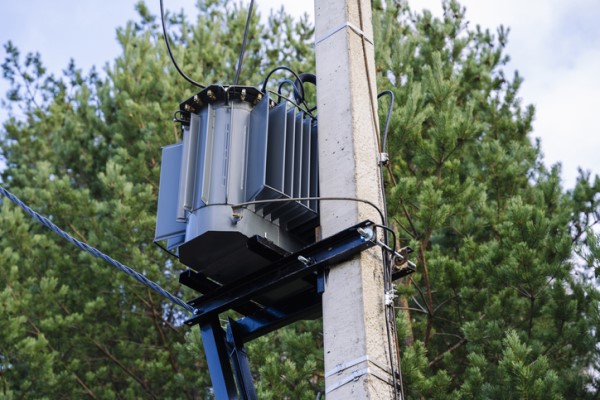Are sparkies involved in the renewable transition?
Electricians are heavily involved in Australia’s renewable transition. More and more rooftop solar is being connected every day and sparkies are respected professionals when it comes to installing commercial and residential solar systems, batteries and other renewable technology.
But should you pay attention to the arguments about nuclear versus solar, wind, etc.? No, leave it to others, for the moment.
ADVERTISEMENT
From time to time, you may be asked your views on the broader energy transition. This article (and more in the future) aims to clear up some of the confusion you may be hearing in the media about the future of Australian energy.
We’ll start with what caused Callide C power station to throw a fit in 2021 and wreck its turbine. It was power inflow. The reverse power tried to make the generator run as a motor – and drive the turbine – in the wrong direction. So, for generators, power must flow out. No marks are given for what concerns the distribution poles and wires folk – it’s reverse power. But it’s not because they care about power stations.
The distribution networks hate reverse power. It’s harmful to their kiosk and pole-mounted transformers. And whatever happens, it has to be stopped before it gets to substation transformers. Hence the installation of community batteries. They absorb reverse power before it gets to medium voltage lines. Electrical contractors know there are restrictions on how big a solar system they can install – and how some inverters switch on and off during the day, also because of voltage rise caused by reverse power.
But transformers are two-way, right, so what’s the problem with reverse power? It relates to the transformer cores heating more, saturating (with magnetic flux increasing) and increasing harmonics. Inverters doing reactive voltage support can also be responsible. Yes, there’s also wiring that might have to be upgraded. So, plenty of reasons to stop reverse power and there’s more but that’s for another post.
To sum up: the integrated systems plan of AEMO predicts huge growth in rooftop solar – by 2050, 70GW. Unless it’s all used up in the distribution networks, some of it will end up heading towards generators. Ok, probably by then there’s a chance there won’t be too many synchronous generators left, at least that is what AEMO assumes. But, then where does it go? Please tell us!
-
ADVERTISEMENT
-
ADVERTISEMENT


